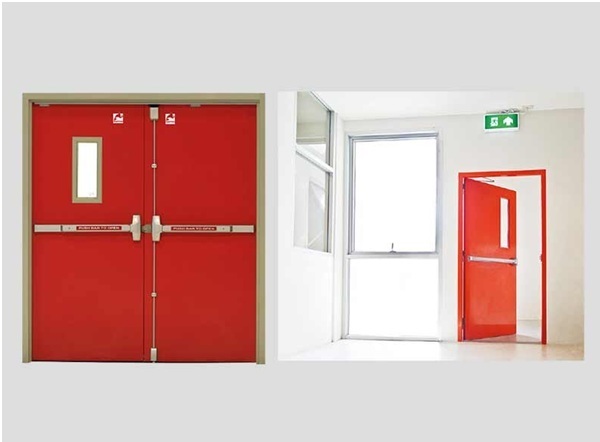How to Increase Conversion Rates with Multi-Step Forms
859
0
·
2021/01/21
·
3 mins read
☕
WriterShelf™ is a unique multiple pen name blogging and forum platform. Protect relationships and your privacy. Take your writing in new directions. ** Join WriterShelf**
WriterShelf™ is an open writing platform. The views, information and opinions in this article are those of the author.
Article info
Tags:
Date:
Published: 2021/01/21 - Updated: 2021/01/25
Total: 543 words
Like
or Dislike
More from this author
More to explore










One of the most challenging aspects of running a website is converting visitors into loyal customers. Reaching out is the easy part. The hard part is convincing your visitors to subscribe, purchase, or sign up. To get desired results when trying to increase the conversion rate, you need a multi-step form. Giving up data is not necessary to get users. All you need is a strategy on how to use a multi-step form to increase the conversion rate. This article will give working tips on boosting your website’s conversion rate using a multi step form.
How to Use a Multi-step to Boost Conversions
The main reason you have a form on your WordPress website is to generate leads and increase the conversion rate. Without a proper strategy, you won’t be able to achieve your goals with a multi-step form. Here are a few ideas to help you meet your conversion goals.
Create 2 to 5 steps
As much as multi-step forms offer the best option of increasing your conversion rate, the results are determined by the number of steps you have included in your form. So, how many steps should a multi-step form have to make it effective? The number of steps that a form needs to have varied, depending on the type of business you are running online. Businesses require different data from users, and this is what makes the difference. However, the rule of thumb is that a multi-step form should not go beyond five steps. Different steps reduce the form filling process. However, creating too many steps is like having a lengthy form, which a multi-step form was trying to prevent in the first place.
Include 2 to 5 fields per step
Now that we’ve gotten the number of steps that make up an effective multi-step form let’s look at the number of fields needed in each step. A single field in one step is not productive, while creating too many fields will increase friction and backfire. What works well is having 2 to 3 questions in each step. This approach will produce the desired results by increasing conversions.
Organize the fields into steps correctly
Two hacks work well to acquire a 100% conversion rate on any form or landing page. The first one is intuitively organizing the form structure. This is done by understandably organizing the questions for your average user. Start with the easy questions first and harder ones later—the basics such as the user’s name and email address. The second hack to achieve a 100% conversion rate is grouping fields together in categories.
Highlight the progress
When you show your users that they are progressing in the form filling process, they will make an effort to finish the form filling process. Even in life, signs of progress gives hope to press on to finish what was started. A feeling of completion is brought about by highlighting progress. It’s a psychological strategy, and it yields positive results.
Conclusion
A multi-step form is just another form unless you make it work to your advantage. The main purpose of creating steps in a form is to encourage users to finish the form filling process and submit. With the above tips, you will boost your conversion rate to 100% and more.